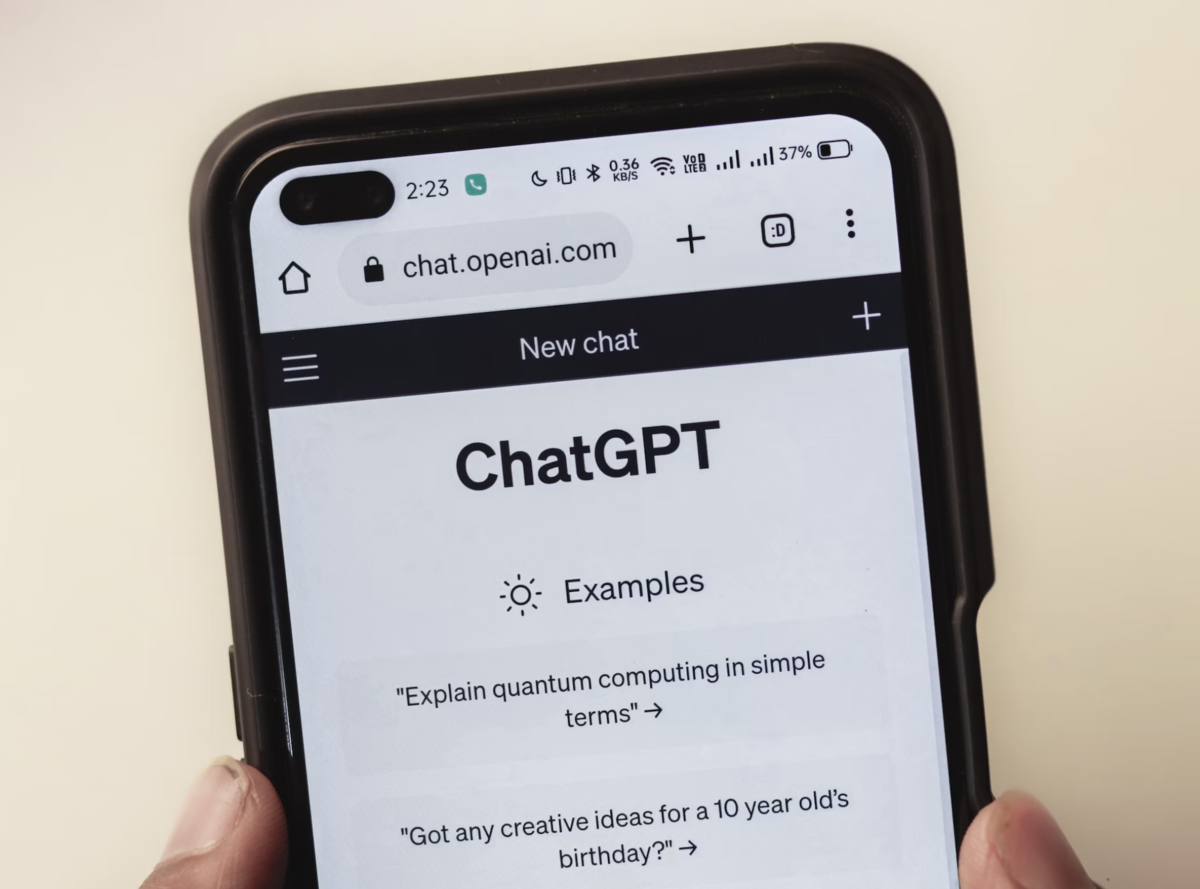Transparency key to making human-bot teams succeed - researchers
The generative AI revolution has the potential to impact most industries in some way, but customer service chatbots are an immediate application of the technology already widely deployed.
Now a team of the University of Auckland researchers has explored the relationship between chatbots and human workers and ways to make it productive.
The researchers point out that AI-powered bots can be effectively used alongside human employees to "create a dual frontline service". They suggest companies deploying bots are transparent with customers about how they fit into the overall customer experience, alongside services delivered by humans.

Photo credit: Sanket Mishra, Unsplash
"Doing so can foster customer recognition of a positive alliance and effortless human-bot teamwork through their awareness of the team's joint efforts in handling service requests," says Laszlo Sajtos, Associate Professor (Marketing), University of Auckland.
In a recent scientific paper, The Future Of Work: Creating an Effective Collaboration Between Human and Digital Employees in Service, Sajtos, and fellow researhcers, former Business School doctorate student Khanh Bao Quang Le and Associate Professor Karen Fernandez, outline five experimental studies they undertook with 1,403 participants.
One scenario saw participants play the role of a prospective student looking online for a data science programme. Another placed them within a finance consulting setting.
"We found that making the human-digital employee collaboration visible to customers during their service encounter can reinforce their perception of a cohesive team and a fluent service process and that this drives satisfaction," says Sajtos.
"The key word here is transparency. When human and digital employees work together, it's critical to provide clear communication to and in front of the customer about what happens during the service provision – who takes care of which task and what information is transferred between entities. It's important to demonstrate a cohesive team through communicating a joint goal."
The researchers also suggest that having a human employee in a supervisory role increases customer satisfaction. Additionally, the study suggests that the human employee's effectiveness as a supervisor lies in improving the customer's perception of a cohesive team.
"We recommend that firms train their digital and human employees to work as a cohesive team in front of customers. This could be achieved by coding the chatbot to notify customers about task handovers and instructing human employees to acknowledge the transfer in front of the customer," Sajtos says.
Explaining the process to the customer and setting expectations at the beginning of the experience can enable businesses to create a seamless customer experience and the impression of a cohesive team, says Sajtos, who is currently working on a project investigating the use, and perceptions of, robots employed in restaurants in China.
Auckland tech company Ambit is using generative AI to enhance its customer service chatbots for New Zealand brands like Vector and Hallenstein. Listen to my The Business of Tech podcast interview with Ambit co-founder Tim Warren here.
